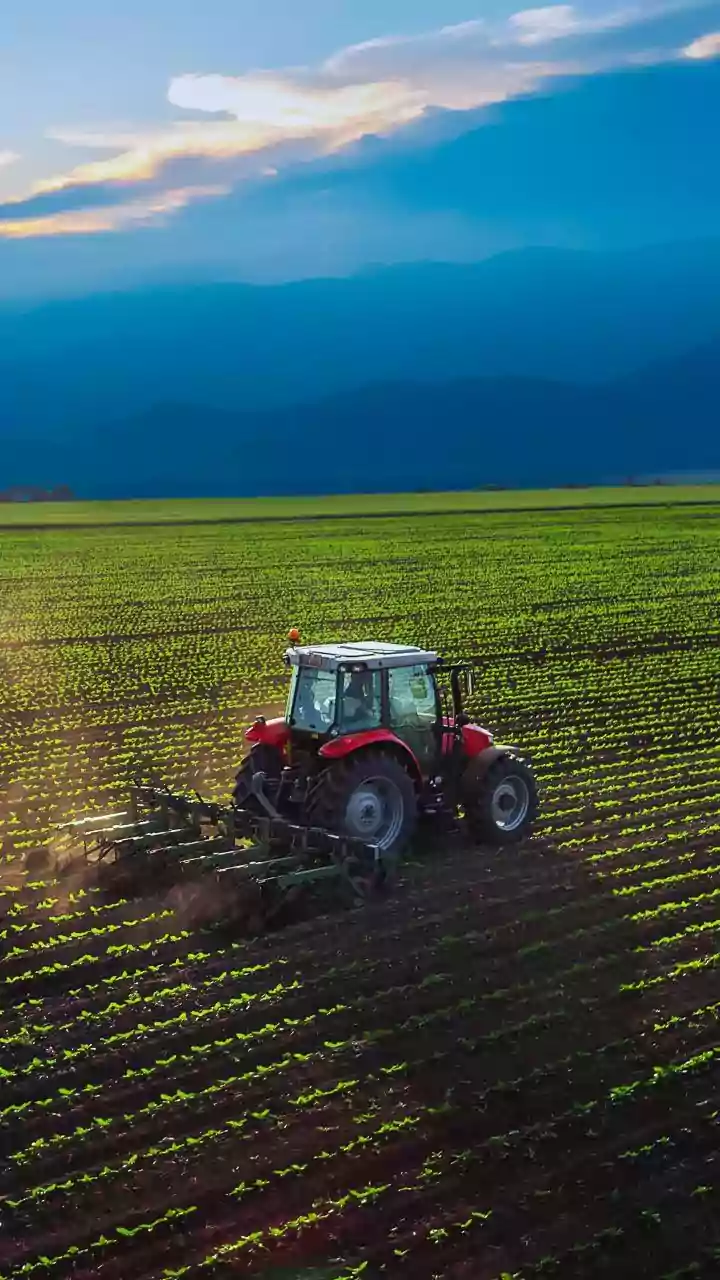Kharif Crop Challenges
The kharif crop season in India has been facing increasing challenges due to the unpredictable nature of the monsoons. Erratic rainfall patterns, including
delayed arrivals, prolonged dry spells, and excessive downpours, have severely affected kharif crop yields. These inconsistencies make it difficult for farmers to plan and execute their agricultural activities effectively. Delayed monsoons can lead to delayed sowing, shortening the growing season and reducing yields. Conversely, excessive rainfall can cause waterlogging, leading to crop damage and disease outbreaks. The reliance on the kharif season alone has become increasingly risky for farmers, as the changing climate conditions make it less reliable. The variability in rainfall has prompted a critical need to look towards alternative cropping strategies to ensure food security and farmer livelihoods.
Rabi Crop Strategy
Given the uncertainty surrounding the kharif crops, the focus is shifting towards the rabi crop season as a more reliable alternative. Rabi crops, typically sown in October and harvested in March or April, benefit from the cooler and more stable weather conditions during winter. Irrigation plays a more critical role in rabi farming, reducing dependence on rainfall and providing a measure of control over water availability. This allows farmers to better manage their crops and minimize the impact of climate variations. The shift involves a careful selection of rabi crops suitable for the region's climate and soil conditions. This strategic planning ensures optimal yields and minimizes losses. The focus also involves the adoption of innovative farming techniques, such as improved irrigation systems and drought-resistant crop varieties, which improve efficiency and resilience.
Benefits of Transition
Transitioning to a more rabi-centric approach offers several advantages for Indian agriculture. Firstly, the rabi season provides a more predictable environment for crop cultivation, mitigating the risks associated with erratic monsoons. This stability helps improve overall agricultural productivity. Secondly, it promotes crop diversification, leading to better soil health and reduced reliance on a single type of crop. By growing different crops in different seasons, farmers can minimize the risk of complete crop failure due to weather-related issues. This diversification supports food security by ensuring a more consistent supply of diverse food products. Additionally, the rabi season provides opportunities for higher yields and better quality crops, contributing to improved farmer incomes. Enhanced irrigation infrastructure and the adoption of advanced farming techniques further strengthen the sustainability of the rabi-focused strategy.
Supporting Initiatives
To support the transition to a rabi-focused agricultural model, several initiatives are essential. Government programs focusing on the development and improvement of irrigation infrastructure are needed. This includes building more canals, expanding existing water reservoirs, and promoting the use of efficient irrigation technologies. Encouraging farmers to adopt drought-resistant and climate-resilient crop varieties is also a priority. Research and development efforts should focus on breeding crops that can withstand the challenges posed by climate change. Providing financial assistance and subsidies to support farmers in adopting new technologies and practices is crucial. These incentives should be designed to encourage the shift to sustainable agricultural practices, promoting the long-term viability of farming. Education and training programs for farmers on best practices in rabi crop cultivation are also key, ensuring farmers are equipped with the knowledge and skills needed for success.
Future Outlook
The future of Indian agriculture hinges on adapting to the changing climate and adopting a more resilient and sustainable approach. The shift towards rabi crops, supported by strategic initiatives, is a crucial step in this direction. By diversifying crop production and investing in irrigation, India can reduce its vulnerability to monsoon variations. This transition requires a long-term commitment from both the government and farmers. Continued investment in research and development, along with effective policy implementations, will be crucial for enhancing productivity. The aim is to build a robust agricultural sector that ensures food security and supports the livelihoods of farmers. This proactive approach will allow India to navigate the challenges of climate change and achieve sustainable agricultural growth.




